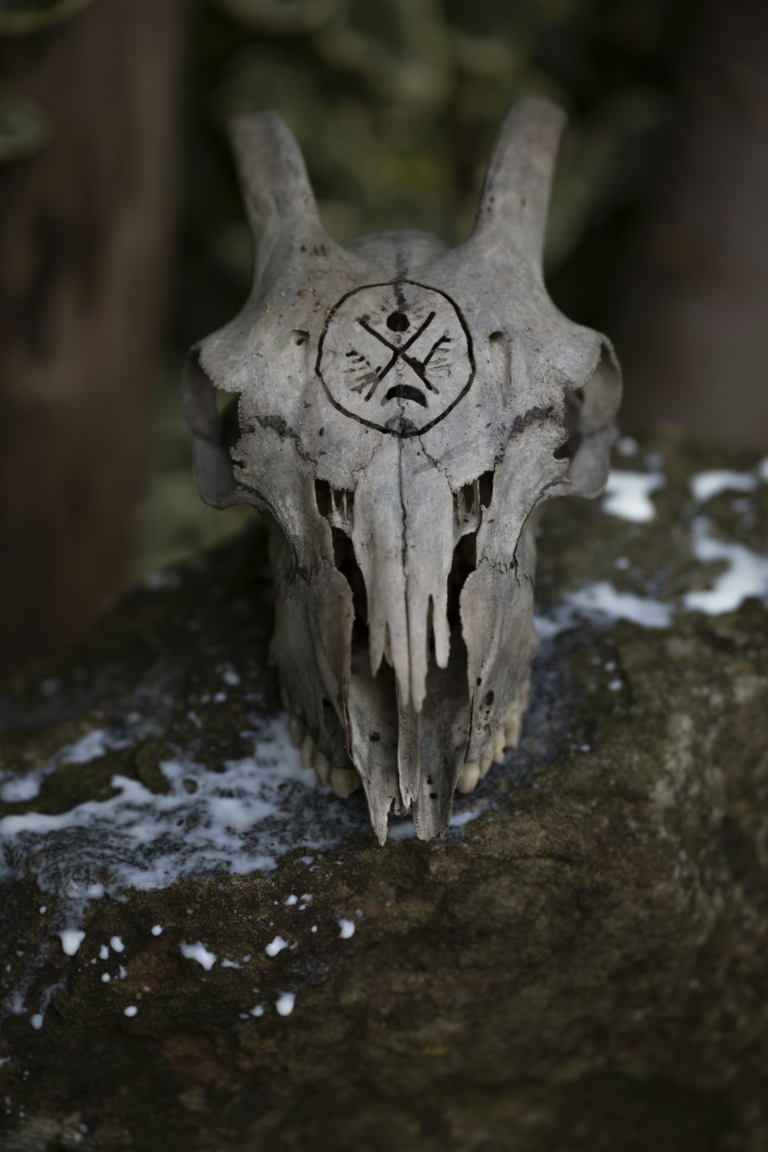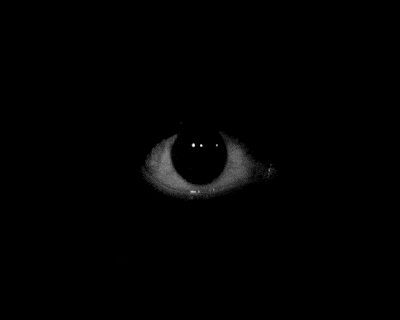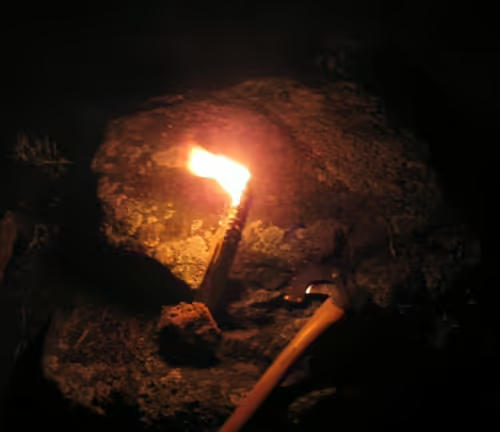
Newsletter Subscribe
Enter your email address below and subscribe to our newsletter

Enter your email address below and subscribe to our newsletter


Exploring Scottish Folk Practices and Traditions

In the mountainous highlands and rugged borderlands of Scotland, the ancient belief in the evil eye, known as the “uncannie eye” or “ill eye” still lingers, casting a shadow over folklore and daily life. For centuries, Scottish folk have whispered of the malicious power carried by envious glances, capable of withering crops, souring milk, or striking down livestock. Rooted in both Gaelic and non-Gaelic traditions, the evil eye, air-an-cronachadh has been blamed for misfortune, illness, and mysterious deaths, making it a central theme in Scottish folk magic. From rowan charms to self-deprecating blessings, generations have crafted rituals and protections to ward off this unseen curse, a force as old as the land itself.
Imagine the scene, a misty crofter’s lane as a neighbour cast a jealous look towards your only cow. Later that day, your cash cow falls down sick, floored. The whispered cause an unguarded glance from neighbour to neighbour or greedy drover. But what exactly is the evil eye, what is its history? How do you prevent or cure it? Who has the Evil eye and, how do you avoid it and cure it?
The evil eye is ubiquitous in Scotland and is referred to in a number of ways; the ‘uncannie eye’, ‘ill eye’, ‘mi shilledh – mislook’, ‘air-an-cronachadh – the evil eye’, ‘droch shuil – evil eye’ and ‘an suil dona – diabolical/devils eye’ are just a small number of the names we have for this effect. The evil eye is poetically referred to in phrases like “teum do bho, a bhean – your cow is bitten”, teum meaning struck or bitten, another euphemism for the evil eye.
In Scotland’s non-Gaelic speaking areas we use the words ‘blinked, forespoken, or overlooked’ which also represent the action of the evil eye found in the Gaelic phrase ‘beum-sùla’, literally eye beams, referring to the influence of the evil eye’ but could stand in for another name linked to this ‘blinked’. Your beer could be “blinked” and not ferment, or your butter could be blinked making it sour and the milk un-churnable. You could be forespoken. Though this is related to the action of how someone might be struck by the evil eye we would still say a person had been forespoken. This phrase is often related to malign witchcraft, though the ill eye and malignant curses are not the same thing.
Someone who cast the evil eye is known as gonair making someone goineidach, influenced by the evil eye.
The evil eye is caused by folks who either know they have this ability, or aren’t aware they have it, and its primary cause is usually envy, false praise or jealousy. It can be caused by over praising without the person blessing the object of their affectionate words, ie ending the praise with ‘god bless’. There is an element of covetousness to the action and beautiful and youthful things are usually the target. This isn’t limited to just bairns and objects but can stretch to cows, horses and chickens and produce.
In Scottish folk practice the Evil eye takes away the toradh from a person or the ‘luck’ from a process. Roughly understood Toradh is a concept of fruitfulness or the good quality within something. The aos-sìthe are offered this quality when we provide milk and dairy at offering stones. It is found in the phrase ‘fàs is gnàths is toradh – growing, indigenous and fruit-bearing’ associated with dair na coille. The evil eye ultimately causes the process to go astray or wrong, as in fishing, or removes the life from the object struck by it in such a way, ill wishing it and giving it the forespoken quality.
The evil eye is often associated with envy, and the cast of the jealous, a biblical lens, adopted into Chritianity “though shall not covet” is brought to mind or Isiah xiii, 18 ‘their eye shall no spare children’. Personally, I find the idea of the evil eye origins before Christianities commandments and a feature and function linked to Scottish hospitality and reciprocal culture.
The Evil eye is glossed as mi shilledh – mislook/evil eye in Cormacs Glossary from the 10th century. Following this we have stories of the evil eye in Gaelic culture which point to an old narrative and just how long belief in the evil eye has stayed with us through the centuries. In the manuscript, Acallam Na Senórach – the Colloquy with the Ancient Men – the second longest prose composition in Medieval Ireland from the 12th or 13th century there is the story of Fer Oc.
Fer Oc, meaning young man, is an attractive and capable young guy. There was scarcely one ‘whose shape, vigour and spear casting could be matched to him’. Fer Oc went hunting with the Fiann, a band of young warrior men who were usually the ones people praised highly for their skill. He was faster, stronger and drew first blood of each Ox, deer and Pig before the Fiann could. Fer Oc was better in all counts than the Fiann and they were lost in admiration of him, not all their admiration was wholesome, however. When they returned Fer Oc was struck with a severe lung disease, they say was caused by the ‘evil eyes of the multitude and it killed him soulless in nine days.’ Through the eyes of the multitude is a saying relating to the evil eye today. Fer Oc is young, young and beautiful. It is these two traits which primarily attract the draw of the evil eye. What else draws the eye and what are its symptoms?

Anything too perfect, too beautiful and too filled with toradh the stuff of life can draw the eye. It often falls on beautiful babies, cattle, beautiful objects and anything brimming with life. It can be caused by over praising someone without saying in ‘gods name’ or blessing afterwards, a clear implication of Christian impropriety. The evil eye – air-an cronachadh could fall on anyone though. Sometimes people would cast it and not even know they had. Sometimes folk knew they had this power and would go out their way to avoid casting it on folk. They would travel when their neighbours weren’t out milking their herds or about to go fishing.
If you had the evil eye cast on you, you might start yawning, babies might start crying, you might start humming or dancing non-stop and your breast milk could turn to piss, that is dry up and be passed as urine. This is a sign the toradh the stuff of life in you has been impacted.
Folks could avoid the evil eye by ensuring the rules of hospitality and faoighe – thigging were followed. Giving folks things they asked for or were excited about. You can avoid it by making sure things are imperfect, making beautiful children muddy, or wearing an item of clothing on wrong or inside out. You could dispraise the item or person being praised. Something my Granny would do often, she was very self-deprecating and perhaps it’s a resemblance to this cultural practice and way of thinking about things.
Other ways of protecting against the evil eye is spitting. In Scotland, people still spit, especially at the heart of Midlothian where they hung criminals. You can offer a small gift when folks leave, so they don’t leave wanting. You could burn your clothes, ensure you had an Iron horseshoe and nail attached to you butter churn or beer barrels, use rowan or juniper charms (such as tucking a bit of juniper into the churn band), you could sain by peat or pine candle, you could cover the ears in tar or cut nicks into the ears (perhaps harking back to the imperfection idea) or cover yourself in stale urine with a blackthorn Asperger. Others might burn the fore-spoken animal alive or create a charm ‘bag’ (called a ubag, ubhaidh, obag, obaidh in Scottish Gaelic related to òb or ob as a spell and upaidh in Old Irish which Mackenzie suggest means charm or incantation so im not sure a charm ‘bag’ would have been its actual form) and of course put a thread to it, use the ‘bottle’ or the cure blessed by an eolas. As you find in the forespoken water charm.

In the fog-shrouded corners of Scotland, where mist curls like whispered secrets and every glance holds the weight of ancient belief, the evil eye is a potent symbol of fear and fascination. It represents a force transcending time and is deeply woven into the fabric of folk magic and malign witchcraft belief where envy and admiration blur the boundaries between blessing and curse.
To this day, whether through protective charms, self-deprecating humour, or the placement of humble iron horseshoes, the people of Scotland quietly acknowledge the unseen powers at play, ever wary of the jealous gaze and creeps on social media. In these practices, both simple and elaborate, lies the reminder that even in our most modern lives, the old ways endure, shaping our understanding of luck, life, and the delicate balance of the otherworld forces.
Scott – and this is just my wild observation regarding the evil eye in folklore – could it have had anything to do with the Norse, & Odin’s eye being demonised with the coming of Christianity in some areas where Viking influence was strong?
I havent heard of any links with Odin at all if im being honest
Scott, do you have any ideas on how to rid the earth of this horrible man from the US that has touched every corner of the earth and has changed good to evil, and evil to good. We wake up every new day knowing not if we will be carried off, lose our pensions, health, etc. Thanks for your knowledge.
There’s a weariness in the world just now, like something old and heavy pressing down. Folk everywhere are watching things twist—good turned on its head, the cruel walking bold and unashamed. But here’s the thing: this isn’t the first time our people have faced darkness.
In the old stories, when the land was troubled and the lords were lost to greed, it was the folk who kept the fire lit. Through kinship, through shared bread, through small acts of stubborn love. I don’t think the answers lie in the halls of power—they rarely have. They’re in the soil, the stories, the care we offer one another.
We build something better by being better to each other. Not perfect. Just rooted, wild-hearted, and unwilling to let the light go out. So, let’s gather, dream otherwise, and make new ways with old bones.